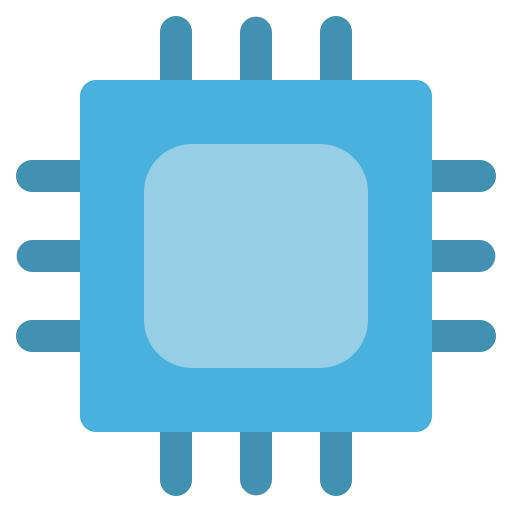

Torrents don’t need trackers either. They can work with just DHT.


Torrents don’t need trackers either. They can work with just DHT.
Many of the older monitors could let the smoke out if you gave it the wrong horizontal frequency. The better made monitors would limit the horizontal frequency to a safe value and just not sync if the video signal was outside that range. The later monitors were smart enough to not even try to display and invalid signal and may even show an error message on screen.


Hydrogen would be fine as long as it’s not flying above an inhabited area. Helium supplies are limited.
Run an iperf test to see if the ethernet adapter is working correctly. The speed tests on my USB ethernet adapter are almost identical to an integrated one as long as it’s connected to a USB 3 port.


I would recommend installing Heroic Launcher too. It works good for GoG, Epic & Amazon games.


Firefox has had one hidden away in about:config since they started adding AI. Are they going to put it in the settings page now?


So what happens when the certificate expires? Do you get locked out if you don’t have physical access?


They also said that every single OLED suffered from burn in. I would count that as a partial failure for every OLED TV they tested.


You can put Linux on the computer and customize it however you want. If you don’t want a task bar, you don’t have to have one. You can move it where ever you want, adjust the size or even have multiple task bars on each monitor.


I don’t want my TV to function as anything more than a large computer monitor. I may end up having to get a projector if they keep pushing all this smart TV and AI garbage. At least the business type projectors are still free of it for now.


Those displays are made to be very bright and usually have a lot of backlight bleed.


If you don’t have a port forwarded for your torrent client, then only the people that do will be able to download from you. Unfortunately, most VPN providers don’t support port forwarding.
There is a PipeWire module for ASHA. It looks like it has issues with a lot of devices though.
My windows XP install kept breaking and I got tired of fixing it, so I tried Linux and never went back.


You can also use the Arduino hardware without their IDE or libraries. You just need avr-gcc, avr-libc and a makefile. The AVR microcontrollers are very easy to program. The Arduino libraries really just get in the way once you need to do anything with timers.


Cloud storage is fine for your offsite copy as long as you encrypt your data before uploading it. The problem is that a lot of people are using it as their only copy.


Linux still runs very well for general use with 8GB of RAM. You can also reduce RAM usage by using zswap to compress less frequently accessed data.


Adding a second NVMe drive may not be hard, but adding a couple dozen more for a NAS means forking over a lot of money for a high end CPU with an extra 96 PCIe lanes. That high end CPU also means high power consumption. For SATA or SAS, you only need a single slot with 8-16 lanes for the controller card.
LED and fluorescent lights get hot too, it just takes a bit longer.